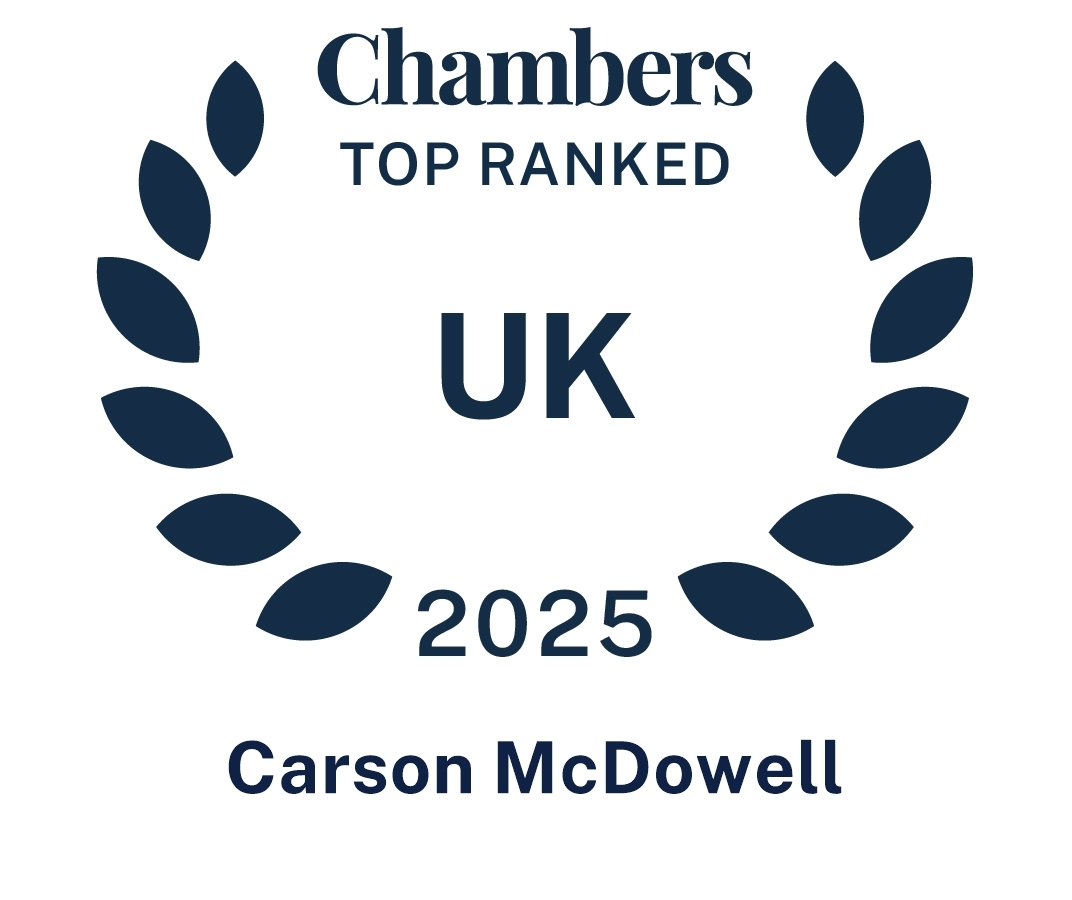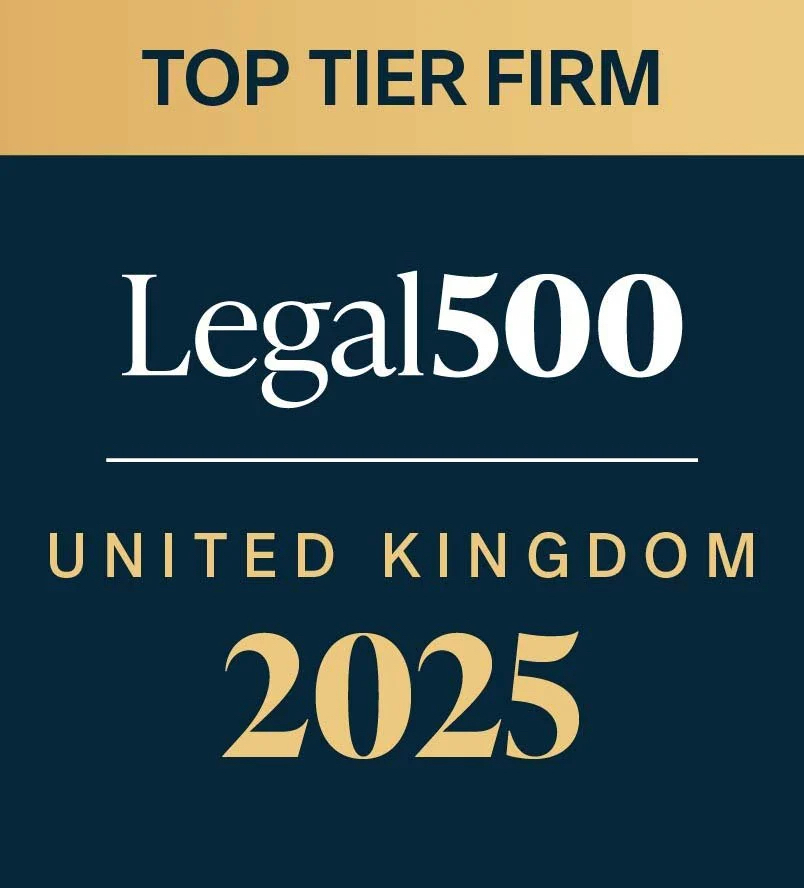Diamonds might be forever, but trade marks aren’t: James Bond and the Revocation of a Trade Mark for Non-Use

James Bond has battled Blofeld, Le Chiffre, Auric Goldfinger, Spectre, and Dr. No. He’s come out on top of fistfights atop skyscrapers, gun battles in ancient Mediterranean towns and won millions at the poker table. But his biggest challenge yet may well be ahead of him: a Dubai-based property developer and the mechanism for revocation of a trade mark for non-use.
Trade Marks: a (very) brief synopsis
They are one of the most important, and most widely recognised, types of intellectual property because they allow a trader to identify its own goods or services (these terms being referred to collectively as “goods” in this article) in the market and to distinguish those goods from the goods of all traders. They most often take the form of words or logos, but it is also possible to trade mark sounds, shapes, colours and other things besides. They have to be unique and cannot be descriptive, and are registered against various “classes” of goods – for example, class 25 (clothing, footwear, headgear) or class 41 (education and entertainment). A registered trade mark allows the owner to prevent others from using the same, or a similar, mark for the same or similar goods and is therefore an incredibly valuable thing for a trader to own.
Use it or lose it and the process of revocation
It is important for traders to remember that trade marks have to be used. They are meant to encourage entrepreneurship and business by giving traders protection against unauthorised use, but they are not intended to allow a trader to monopolise a particular mark without making any actual use of it. This is sometimes known as the “use it or lose it” principle; trade marks are fine as long as they are being used. But if they are not being used, there should be some mechanism to allow the trade mark protection to be removed, thereby allowing others to use the mark.
This principle is reflected in the procedure known as “revocation for reasons of non-use” (for the purposes of this article, we will simply use the term “revocation”, although the reader should remember that there are other types of revocation which are not dealt with here). This is a legal procedure that allows a third party to make an application to the intellectual property office in the UK or EU (these bodies being referred to collectively as the “IPO” in this article) that a trade mark should be removed from the register because the mark has not been used in the five years since the trade mark was registered, or for any uninterrupted period of five years and there are no proper reasons (e.g. export or legal restrictions) for non-use. It is possible to remove the entire registration or just the registration of the mark for just some of the goods against which it was registered.
The Kleindienst Group
The Kleindienst Group describes itself as the “largest European property developers operating in the United Arab Emirates”, and is most notably building a vast upscale resort, the Heart of Europe, on six islands six kilometres off the shores of Dubai. The Kleindienst Group has, in the last couple of weeks, filed a range of revocation applications with the IPO in respect of various trade marks owned by Danjaq LLC, the US-based holding company responsible for the intellectual property rights to the characters, elements and other material related to James Bond. The revocation applications relate to a large number of trade marks, including “James Bond”, “James Bond 007” and “Bond, James Bond”; the Kleindienst Group alleges that Danjaq LLC has failed to use those trade marks in various classes of goods, including (but not limited to) “models of vehicles”, “computer programmes and electronic comic books” and services relating to design of restaurants, cocktail lounges and accommodation. A Kleindienst Group spokesman confirmed that the group plans to make use of these trade marks if the revocation application is successful, but few other details are available in relation to what the Group intends to do with them.
The next stage in the process is for the owner, Danjaq LLC, to file a defence of the registration together with evidence to show that the trade mark has been used during the relevant period(s). Once the periods for filing evidence or submissions are complete, the parties will be invited to file final submissions or request a hearing. Following either a full review of the papers on file, or a hearing, the IPO will issue a decision in writing, which will include reasons for the decision.
What does this mean for trade mark owners?
The revocation procedure in respect of the various James Bond trade marks will continue over for the next few months. We do not propose to comment on its merits here; and we will be keeping a close eye on the outcome; it will be interesting to see how the IPO applies this procedure to some of the most well-known and -recognised trade marks in the world. However, this matter should bring into sharp focus the importance of actually using trade marks. Traders should ensure that, at the point of applying for a new trade mark, they only apply for it in respect of goods that are actually relevant (or which the trader genuinely anticipates will be relevant in the near future). Traders should not seek to make an application as wide as possible solely for the purpose of preventing others using the mark to the extent that they are applying for it in respect of goods that they do not offer (or plan to offer) to consumers. Traders should also keep a careful eye on their existing trade mark portfolio and ensure that they continue to use the marks to the fullest extent possible; traders should note that this is simply another way to maximise the commercial value of their intellectual property rights. Traders who are not utilising the full extent of their trade marks should be aware of the spectre of revocation applications once the marks have been registered for five years and should take expert legal advice in the event of receiving notice of such an application.
If you would like any further information or advice, please contact James Milliken or another member of the Commercial team,
*This information is for guidance purposes only and does not constitute, nor should be regarded, as a substitute for taking legal advice.
About the author








